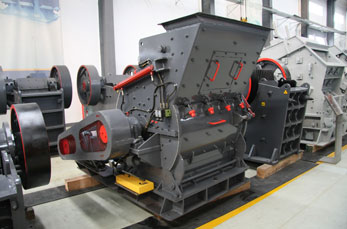Gypsum is a widely used industrial material, primarily in construction (e.g., drywall, plaster) and agriculture (soil conditioner). To process gypsum into usable forms, crushing and grinding are essential steps. Below is an overview of gypsum crushers and grinding mills, along with key equipment options:
—
1. Gypsum Crushers (Primary & Secondary Crushing)
Gypsum ore extracted from mines is first crushed into smaller pieces for further processing. Common crushers include:
# a) Jaw Crusher
– Function: Primary crushing of large gypsum blocks (up to 1–2 meters in size).
– Output: 150–300 mm coarse particles.
– Advantages: Simple structure, high reliability.
# b) Hammer Crusher
– Function: Secondary crushing to reduce gypsum to ~25 mm or smaller.
– Advantages: High throughput, suitable for medium-hardness materials like gypsum.
# c) Impact Crusher
– Function: Produces uniform cubical particles for better grinding efficiency.
– Applications: Used when higher-quality aggregates are needed.
# d) Cone Crusher (Less common for gypsum)
– Used if high hardness or abrasiveness is a concern (though gypsum is relatively soft).
—
2. Gypsum Grinding Mills (Fine Powder Production)
After crushing, gypsum is ground into fine powder (typically 80–200 mesh) for industrial use. Common mills include:
 # a) Raymond Mill (Vertical Roller Mill)
# a) Raymond Mill (Vertical Roller Mill)
– Output: 80–325 mesh powder.
– Advantages: Energy-efficient, adjustable fineness, widely used for gypsum powder production (e.g., for wallboard).
# b) Ball Mill
– Function: Wet or dry grinding to achieve fine or ultra-fine gypsum powder.
– Applications: Used when higher uniformity is required (e.g., for specialty plasters).
.jpg) # c) Hammer Mill
# c) Hammer Mill
– Function: Coarse-to-medium grinding (e.g., agricultural gypsum).
– Advantages: Simple operation, lower cost.
# d) Ultrafine Grinding Mill (e.g., HGM Series)
– Output: 325–2500 mesh ultra-fine powder.
– Applications: High-value products like medical or food-grade gy





Leave a Reply